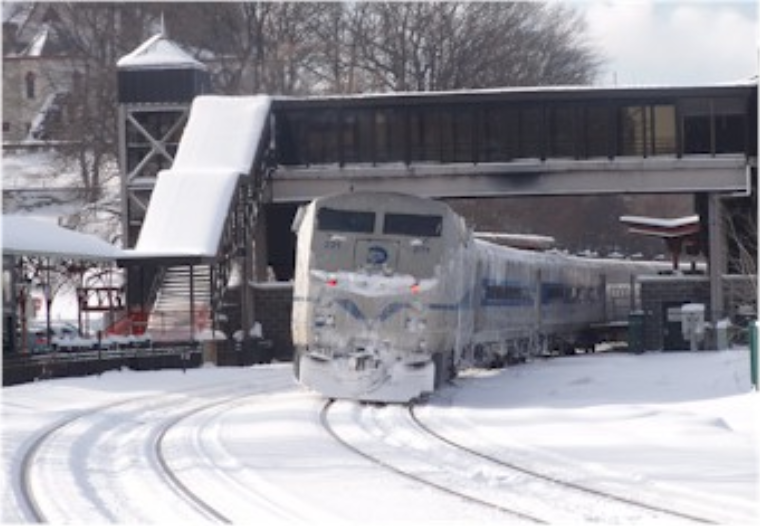No, it isn’t news that winter weather makes it more dangerous to get around, and in general, you know you need to be more careful driving, walking or even taking the train in bad weather.
And you’ve probably been amazed at some of the people who don’t get that. But it might be a good idea to take a minute to quickly review some tips to make sure you don’t look like some of those people. Here’s what the AAA and Metro-North say:
Driving Tips from AAA Northeast
From an AAA Northeast announcement:
Forecasters are predicting a messy afternoon and evening commute today with snow, sleet, freezing rain and rain. Here are some reminders from AAA Northeast about driving in winter conditions:
- Take the time to clear snow and ice from your vehicle.
- See and be seen so drive with your headlights on.
- Leave extra space between you and the vehicle in front of you, especially on snowy or icy roadways. You’re going to need more time to see roadway problems and more space to react to them.
- Lower your speed depending upon conditions. The faster you drive, the harder it is to stop or swerve especially on snow-covered or icy roadways.
- If your car skids, turn the steering wheel in the direction you want the vehicle to go; and avoid jamming on your brakes.
- Make sure your cell phone is fully charged before heading out in the event you need to call for assistance.
“Snow and sleet can cause significant safety problems by reducing your visibility and
making it difficult to maneuver or stop safely,” says Fran Mayko, AAA Northeast spokeswoman. “By being vigilant behind the wheel, you can help reduce your chances of a crash in inclement weather.”
You can find more tips from AAA here.
Metro-North’s Winter Safety Tips
From the Metro-North website:
- Always watch your step and watch for icy conditions in station parking lots, and on station sidewalks, stairs, and platforms. Remember: Ice tends to form more quickly on train platforms than on other surfaces. Even if a platform looks clear, it can have icy patches and be slippery.
- Always use stair handrails. Water dripping from coats, boots, and umbrellas can ice up with the slightest temperature drop, making stairs very slippery. A firm grip on a handrail can prevent serious injury.
- Always avoid moving from car to car. Icy conditions exist in the areas between cars.
- Always watch for slippery conditions, even after you board your train. Snow, slush, and water from boots make train floors slippery.
- Always avoid moving from car to car. Icy conditions exist in the areas between cars.


